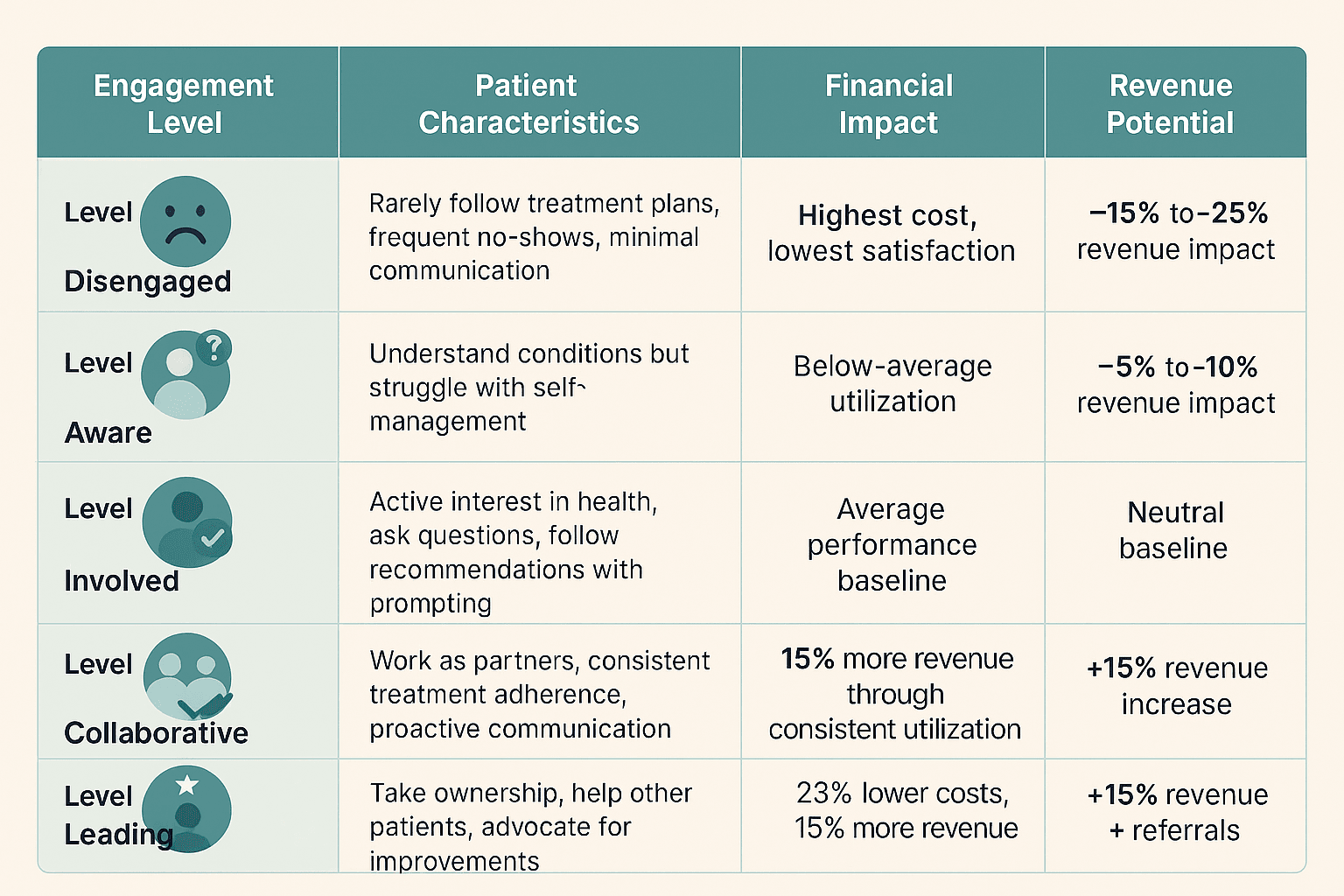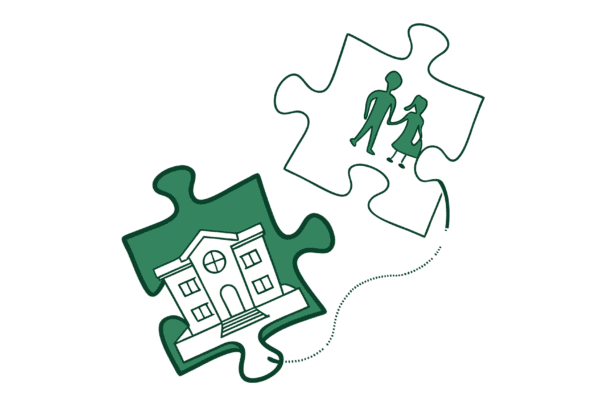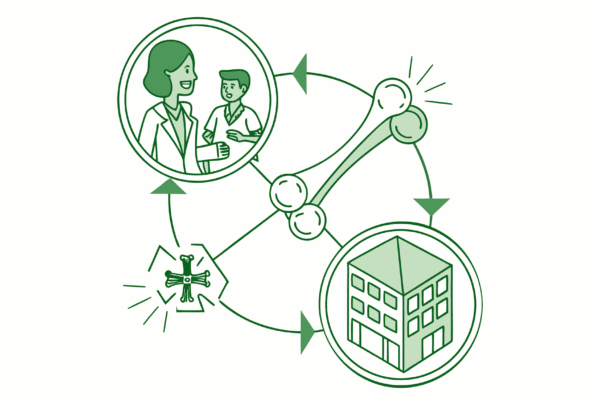
As a small medical practice owner, you’re constantly balancing patient care quality with financial sustainability. If you’re wondering whether investing in a patient engagement platform will actually improve your bottom line, you’re asking the right question. The data shows that practices implementing these digital tools see measurable returns, with some achieving ROI of 6:1 to 15:1 within three years.
ROI Reality Check
Practices implementing patient engagement platforms typically see 20-40% reduction in no-shows, 15-25% decrease in administrative costs, and 60% improvement in patient retention with average 3-year ROI of 6:1 to 15:1.
Let’s break down exactly what these platforms are, how they generate revenue, and most importantly—how to calculate whether they’re worth the investment for your practice.
What Is a Patient Engagement Platform?
A patient engagement platform is a digital solution that enables your patients to actively participate in their healthcare journey while streamlining communication between your practice and patients. Think of it as creating a digital bridge that keeps patients connected to your practice between visits.
These platforms go far beyond simple appointment scheduling. They’re comprehensive systems that integrate with your existing Electronic Health Record (EHR) to provide:
Core Platform Features:
- Secure messaging between patients and your care team
- Automated appointment reminders and easy rescheduling options
- Patient education resources tailored to specific conditions
- Medication management tools including refill requests and adherence tracking
- Digital intake forms and pre-visit questionnaires
- Post-visit follow-up and care plan monitoring
The key difference between a basic patient portal and a true engagement platform is proactive functionality. While portals are passive—waiting for patients to log in—engagement platforms actively reach out to patients with reminders, educational content, and care prompts.
Understanding the 5 Levels of Patient Engagement
To calculate ROI effectively, you need to understand where your patients currently fall on the engagement spectrum. Healthcare researchers have identified five distinct levels of patient engagement that directly impact your practice’s financial performance.

Level 1: Disengaged patients rarely follow treatment plans, miss appointments frequently, and have minimal communication with your practice. They represent the highest cost and lowest satisfaction scores for your practice.
Level 2: Aware patients understand their health conditions but struggle with consistent self-management. They may attend appointments but don’t actively participate in care decisions.
Level 3: Involved patients take an active interest in their health, ask questions during visits, and generally follow treatment recommendations with some prompting from your staff.
Level 4: Collaborative patients work as partners with your care team, consistently follow treatment plans, and proactively communicate about their health status. These patients generate 15% more revenue through consistent care utilization.
Level 5: Leading patients take ownership of their health journey, often helping other patients and advocating for improved care processes. Research shows that patients at Level 4 and 5 have 23% lower healthcare costs and generate 15% more revenue through consistent care utilization and referrals.
Your ROI calculations should factor in moving patients up these engagement levels, as the financial impact becomes significant when you move substantial portions of your patient population from Level 1-2 to Level 4-5.
The Financial Impact: Revenue Streams and Cost Savings Direct Revenue Improvements
Reduced No-Show Rates represent one of the most immediate and measurable benefits. No-shows typically cost small practices 15-30% of potential revenue. If your practice generates $500,000 annually and experiences a 20% no-show rate, you’re losing $100,000 in potential revenue. Patient engagement platforms with automated reminders and easy rescheduling reduce no-shows by 20-40%, potentially recovering $20,000-$40,000 annually for this example practice.
No-Show Recovery Calculator
Your Annual Recovery = Current Revenue × No-Show Rate × 30% Improvement
Example: $1M practice with 18% no-shows = $1M × 18% × 30% = $54,000 annual recovery
For a larger practice generating $2.5 million annually with an 18% no-show rate, a 30% improvement in no-shows translates to $135,000 in recovered revenue. This single benefit often pays for the entire platform investment in the first year.
Increased Patient Retention provides long-term financial stability. Engaged patients are 60% more likely to stay with your practice long-term. For a primary care practice, losing a patient costs approximately $200 in replacement marketing, while each retained patient generates an average of $1,500-$2,000 annually in revenue. When you retain an additional 50 patients annually through improved engagement, that represents $75,000-$100,000 in additional revenue.
Higher Service Utilization occurs when patients using engagement platforms show 15-25% higher utilization of preventive services and follow-up care. This translates to increased revenue from annual physicals, screenings, and chronic care management services. A practice that improves utilization by just 8% across their patient base can see revenue increases of $200,000 annually for a $2.5 million practice.
Operational Cost Reductions

Administrative Efficiency improvements can reduce overhead by 15-25%. Digital patient engagement platforms automate many routine tasks that currently consume significant staff time. For a practice spending $150,000 annually on front-office staff, this represents $22,500-$37,500 in potential savings.
Consider the time savings from automated appointment reminders alone. If your staff currently spends 15-20 minutes per patient making reminder calls, and you see 100 patients weekly, that’s 25-33 hours of staff time weekly just for reminders. At $25 per hour, automated reminders save $32,500-$43,000 annually in staff costs.
Improved Medication Adherence reduces emergency calls, complications, and improves outcomes for value-based care contracts. While harder to quantify directly, practices report 20-30% fewer urgent care calls and medication-related complications when patients use digital adherence tools.
ROI Calculation Framework for Small Practices
Here’s a practical framework you can use to calculate your potential ROI using real numbers from your practice.
Step 1: Calculate Annual Benefits Revenue Increases Calculation Formula Example (5-Provider Practice) No-show reduction Current revenue × No-show rate × Platform reduction % $2.5M × 18% × 30% = $135,000 Patient retention Patients retained × Average patient value 50 patients × $1,750 = $87,500 Increased utilization Current revenue × Utilization increase % $2.5M × 8% = $200,000 Total Revenue Increase $422,500
For cost savings, calculate administrative efficiency as your current admin costs multiplied by efficiency improvement percentage. Add reduced phone calls calculated as staff time saved multiplied by hourly rate, plus improved collections as current collections multiplied by improvement percentage.
Step 2: Calculate Total Investment
| Investment Category | First Year | Ongoing Annual |
| Platform licensing | $2,000-$15,000 | $2,000-$15,000 |
| Implementation & training | $3,000-$8,000 | $500-$1,500 |
| EHR integration | $5,000-$15,000 | $1,000-$3,000 |
| System maintenance | Included | $1,000-$5,000 |
| Total Investment Range | $10,000-$38,000 | $4,500-$24,500 |
Step 3: Calculate ROI The formula is straightforward: ROI equals total annual benefits minus total annual costs, divided by total annual costs, multiplied by 100. Most practices see ROI of 300-1,500% in the first year, with even higher returns in subsequent years as ongoing costs decrease.
ROI Formula
ROI = (Total Annual Benefits – Total Annual Costs) ÷ Total Annual Costs × 100
Real-World Example: 5-Provider Family Practice Let’s examine a realistic scenario for a five-provider family practice with annual revenue of $2.5 million, 8,000 active patients, current no-show rate of 18%, and administrative staff of 6 FTE.
The platform investment includes annual licensing of $12,000, implementation of $8,000 (first year only), and integration of $10,000 (first year only), for total first-year costs of $30,000.
Year 1 benefits include no-show reduction of 25% saving $112,500, administrative efficiency improvement of 20% saving $45,000, and improved collections of 8% adding $32,000, for total benefits of $189,500.
This results in Year 1 ROI of 532%, with Years 2-3 ROI of 1,479% as ongoing costs drop to only $12,000 annually. This practice would recover its entire 3-year investment in just 1.2 months of Year 1 operations.
Digital Patient Engagement Platform vs. Traditional Methods
When evaluating a digital patient engagement platform, compare it to your current methods.
| Function | Traditional Method | Cost | Digital Platform | Cost | Annual Savings |
| Appointment reminders | Phone calls (15-20 min/patient) | $18,750 | Automated system | $2,400 | $16,350 |
| Patient education | Paper materials | $8,000 | Digital delivery | $1,200 | $6,800 |
| Follow-up communications | Manual calls (30-45 min each) | $25,000 | Automated workflows | $3,600 | $21,400 |
| Intake forms | Paper processing | $12,000 | Digital forms | $2,400 | $9,600 |
| Total Annual Savings | $54,150 |
Digital platforms provide automated reminders that reach 100% of patients consistently, instant delivery of educational materials, 24/7 patient access to information and communication, and real-time analytics on patient engagement levels.
The cost difference is dramatic. Traditional appointment reminders cost approximately $18,750 annually for manual calls, while digital platform reminders cost only $2,400 annually when automated, creating annual savings of $16,350 for this function alone.
How Digital Platforms Improve ROI in Healthcare
- Deliver 100% appointment reminders vs. 70% by phone
- Provide 24/7 patient access (not limited to office hours)
- Cut prior authorization time from 45 to 15 minutes
- Boost specialty medication adherence (reduces denials & delays)
- Save 25+ staff hours per month on admin tasks
- Generate $15K–25K/year in denied claims recovery
- Add $5K–10K/year via better outcomes tracking
The practices seeing the highest ROI share common characteristics: they view patient engagement as a strategic priority, invest in proper implementation, and consistently measure and optimize their approach.
If you’re considering selling your practice in the next 3-5 years, implementing a patient engagement platform can also increase your practice valuation by demonstrating operational efficiency and patient loyalty—factors that buyers increasingly value in today’s market. Practices with established patient engagement platforms sell for 15-25% premiums due to demonstrated operational efficiency, higher patient satisfaction scores, reduced buyer integration risk, and scalable technology infrastructure.
For practices in specialty areas like cardiology, orthopedics, dermatology, or urgent care, patient engagement platforms can be particularly valuable due to higher service volumes and more complex patient journeys that benefit from digital coordination.
If you’re also considering growth strategies or evaluating your practice’s overall financial performance benchmarks, patient engagement platforms should be viewed as one component of a comprehensive digital transformation strategy that positions your practice for long-term success.



